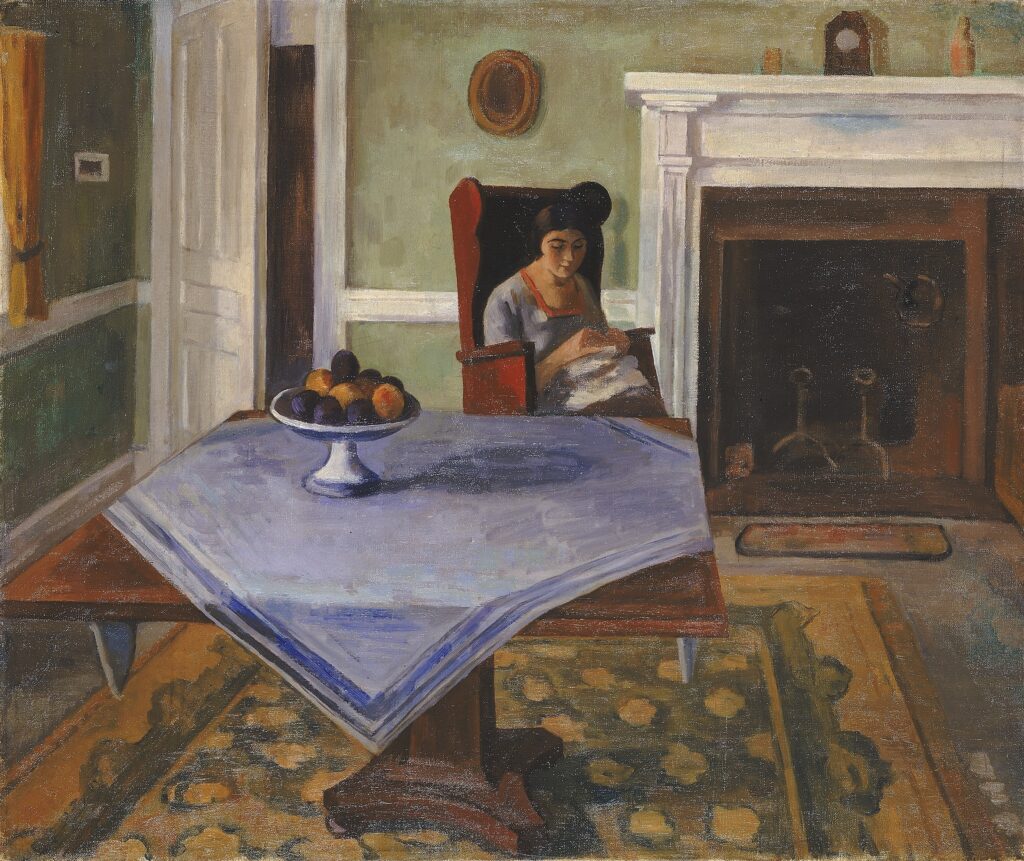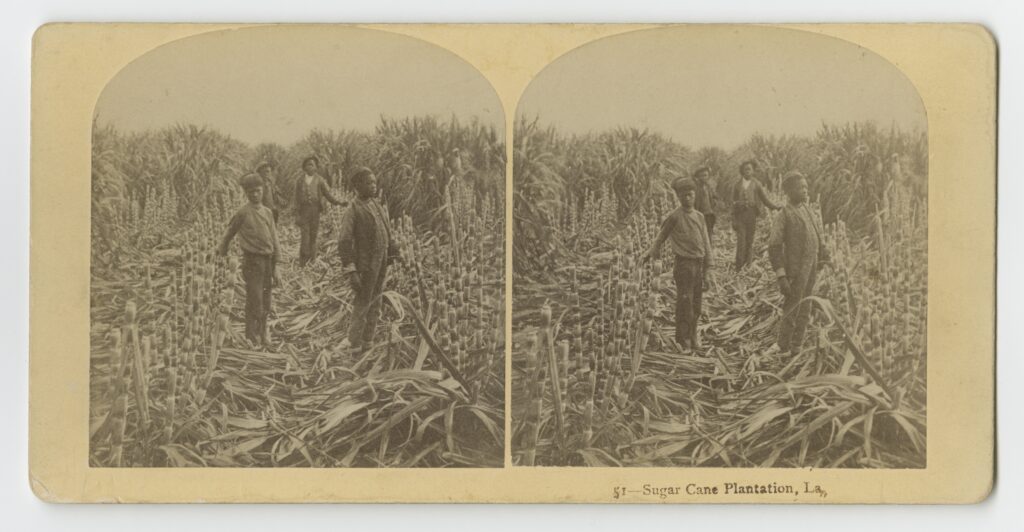Annie’s Garden
By Eliza Lee Cabot Follen
Annotations by Jessica Abell/JB

In little Annie's Garden Grew all sorts of posies; There were pinks, and mignonette, And tulips, and roses. Sweet peas, and morning glories, A bed of violets blue, And marigolds, and asters, In Annie's garden grew. There the bees went for honey, And the humming-birds too; And there the pretty butterflies And the lady-birds flew. And there among her flowers, Every bright and pleasant day, In her own pretty garden Little Annie went to play.

Follen, Eliza Lee Cabot. “Annie’s Garden,” in Little Songs, 13. Lee and Shepard, 1875.
Contexts
The 1875 version of Follen’s book of songs for children is another reprinting of an earlier publication. The first American edition was published in 1832, with a second, revised edition following in 1856. Follen died in 1860, but this printing referenced her 1856 illustrated volume in its preface:
“The ‘Little Songs’ of the lamented Eliza Lee Follen, were first published in 1832, with the object, as she stated in her preface, ‘to endeavor to catch something of that good-humored pleasantry, that musical nonsense, which makes Mother Goose so attractive to children of all ages.’ It has passed through numerous editions, and is now in universal demand. In the present edition, all the songs are retained. The illustrations were designed expressly for this work by Miss L. B. Humphrey. In sending it forth, the publishers heartily indorse the words of the author, in a former edition: ‘I will hope that the little folks will welcome this little book in its new dress, and make much of it; for it was at first made, and is now adorned with pictures, on purpose to please them.'”
Follen was well-educated and an early supporter of the antislavery movement in Massachusetts. She was a prolific writer of children’s poems and stories and published several volumes of her own work and translations of French writer François Fénelon. Following his 1840 death in a shipwreck, she began working on a memoir of his life, which she published in 1844 with an appendix that collected some of his poems, prayers, and speeches. Her death on January 26, 1860, was mourned in the February 3, 1860 edition of the Boston newspaper Liberator:
“A heavy cloud was over the Anti-Slavery Anniversary in Boston, last week, in consequence of the painful intelligence of the sudden death of the gifted, beloved, and greatly honored Mrs. Eliza Lee Follen, widow of the late Professor Charles Follen, at Brookline on Thursday, 27th ult. after an illness of a few days, of typhoid fever, aged 72 years and 6 months. A full tribute to her character and worth hereafter.”
On February 24, 1860, the Liberator published a longer article by A. S. Standard that claimed, “Mrs. Follen has been so long an integral part of the Anti-Slavery movement, that it is hard to understand how it can exist without her. Very few indeed, none but the very earliest founders, could claim precedence of her in its list of honor.”
Follen intended this song to be sung to the tune of “Malbrooke,” an alternate name for the French song “Marlbrough S’en Va-t-en Guerre” (Marlbrough Goes to War). In the mid-19th century, the melody was coupled with new English lyrics to become “For He’s a Jolly Good Fellow.”
Resources for Further Study
- The full version of the 1875 edition of Little Songs with illustrations is available on Google Books. Little Songs was later reprinted as part of the Twilight Stories series published by Lee & Shepard, which is digitized on Hathi Trust. Project Gutenberg has the text-only 1856 version.
- More of Follen’s works are collected and available online through the University of Pennsylvania’s Online Books Page.



